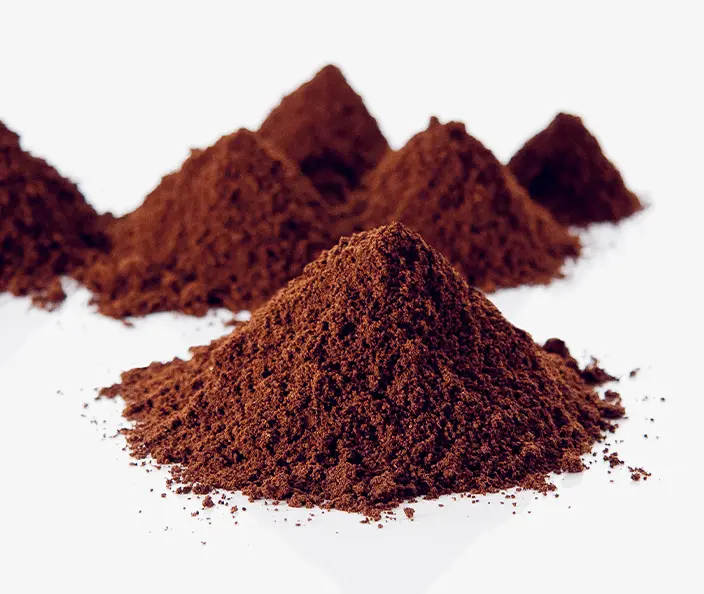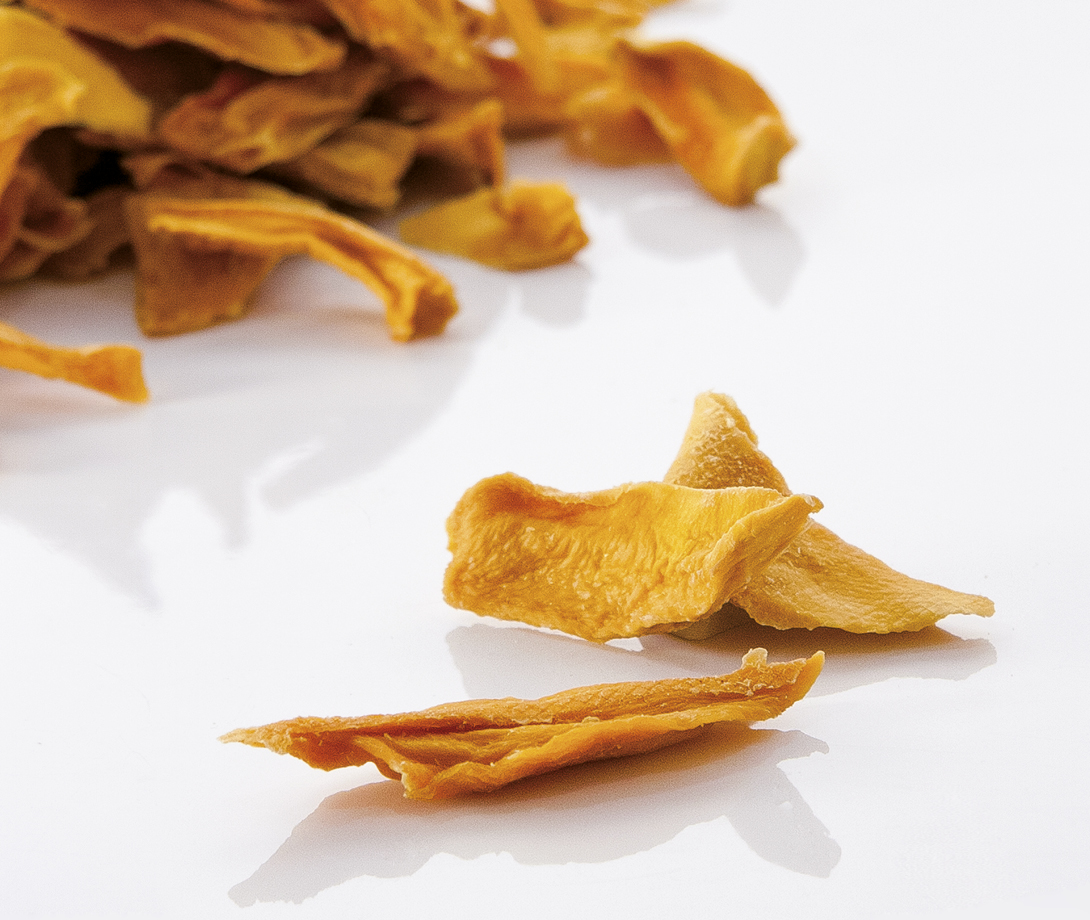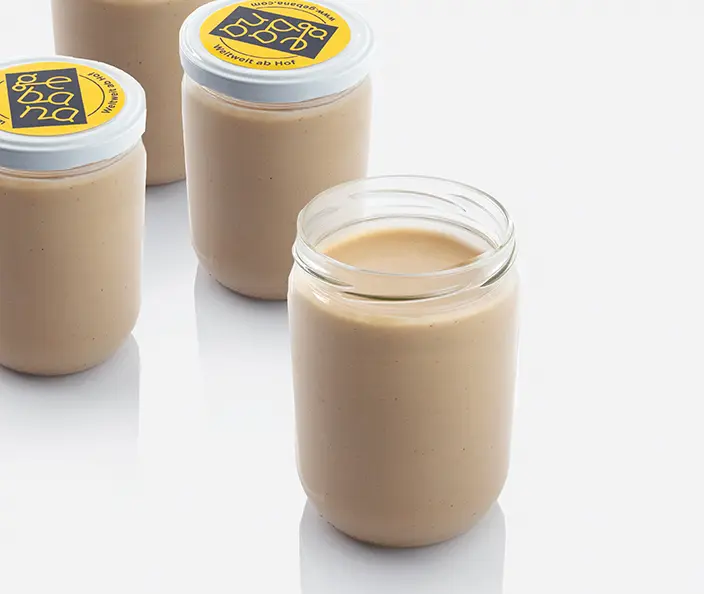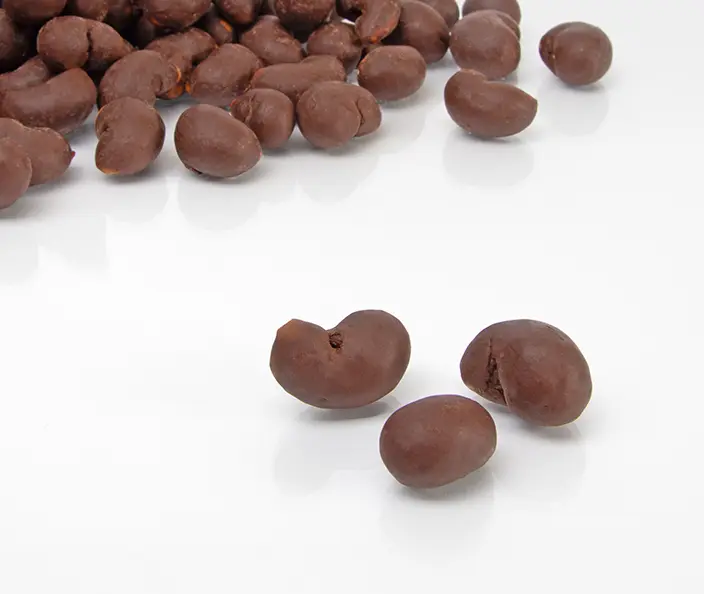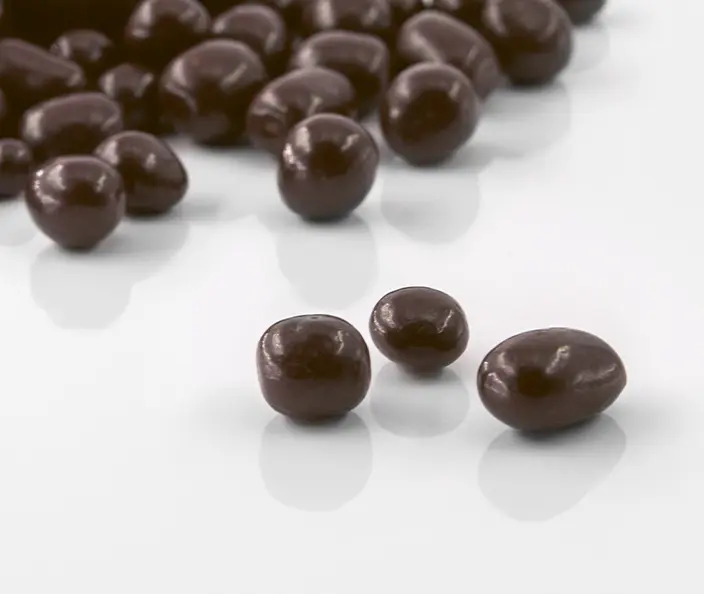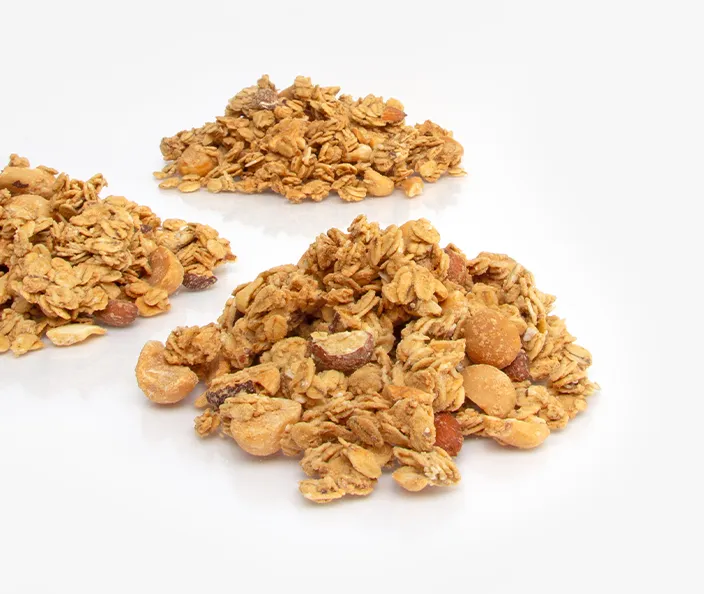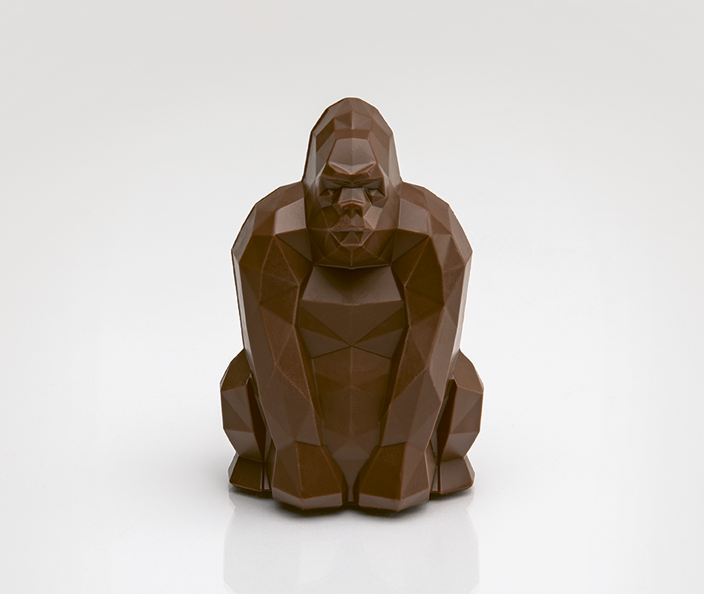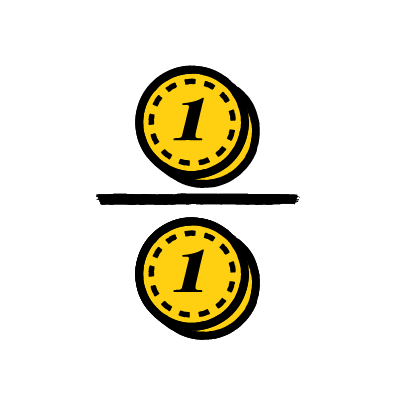House Blend Espresso
Organic
Mexico / Peru
 Storage & shelf life
Storage & shelf life

CECILIA GUTIERREZ PEREZ
FARMER FROM K’AN OLAL,
CHENALHO, CHIAPAS, MEXICO
I want to improve my coffee field and increase yields.
"I live with my mother and my two children, who are only six and eight years old," says Cecilia Gutierrez Perez. "My two brothers help me at harvest time. I can't afford any other helpers." Alongside coffee, she grows maize and beans and keeps chickens and turkeys. "I only sell the coffee – 600 kilos last year – for which I received 33'000 pesos (approx. 1800 Euros)," says Perez. "I'd like to have more coffee and earn more that way. But that requires more workers, which means less money again. It's a vicious circle."

Background

We want fairer coffee
People in Europe drink more than 30 billion cups of coffee a year. Millions of family farmers grow the coffee to meet this huge demand. Far too many of these families live in abject poverty because the price of coffee is too low.

 Login
Login


